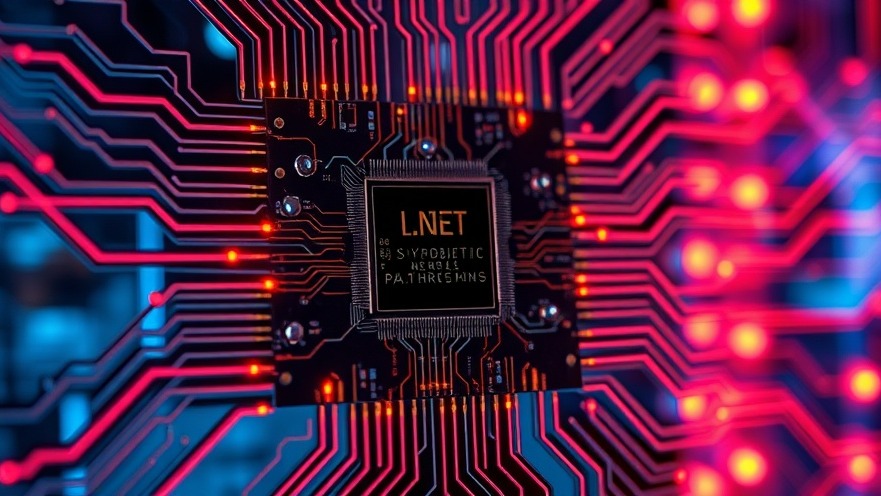
Understanding ALS Through Innovative Technology
Researchers at Cedars-Sinai Medical Center have developed an innovative "ALS on a chip" model that significantly advances our understanding of amyotrophic lateral sclerosis (ALS). This ground-breaking technology utilizes stem cells derived from ALS patients to create a highly reproducible environment that mimics human physiology, allowing scientists to investigate the disease's mechanisms more accurately than ever before. The introduction of microengineered organ chips that model motor neuron interactions presents a new frontier for ALS research, shedding light on both genetic and environmental factors that may contribute to the disease.
How the 'ALS on a Chip' Model Works
The "ALS on a chip" model utilizes a two-channel microfluidics approach. In the top channel, motor neurons developed from patient-derived stem cells are cultivated, while the bottom channel accommodates cellular structures mimicking the blood-brain barrier. The design facilitates fluid flow akin to blood circulation, allowing nutrients and waste products to traverse the chip as they would in an actual human body. This innovative framework provides a more realistic platform for observing the interactions and health of motor neurons compared to traditional static laboratory cultures.
Key Findings: Motor Neuron Impairment
In the recent study published in Cell Stem Cell, researchers were particularly intrigued by the changes observed in glutamate signaling within motor neurons derived from ALS patients. Glutamate is a critical neurotransmitter involved in sending excitatory messages between neurons, and previous research suggested that excessive glutamate levels might contribute to motor neuron death in ALS. The findings indicate that, although young motor neurons in the ALS chips appear functionally normal, the long-term impact of altered glutamate signaling could be detrimental over time, leading to eventual neuron degeneration.
The Future of ALS Research: Implications and Insights
This cutting-edge model also opens up avenues for personalized medicine in ALS treatment. By examining individual responses to drugs that target glutamate regulation, practitioners can tailor interventions based on specific patient profiles. As the chip technology evolves, researchers anticipate being able to test deeper biological mechanisms of ALS on a person-by-person basis, enhancing the precision of therapeutic strategies.
The Broader Impact of ALS Research on Health Care
For concierge health practitioners, staying abreast of innovations such as the “ALS on a chip” model is crucial. Understanding how technological solutions can influence disease treatment will enable practitioners to provide more personalized patient care. Additionally, innovation in ALS research highlights the importance of investing in novel technologies that pave the way for breakthroughs across various domains of medicine. By applying lessons learned from this research, practitioners can enhance their clinical decision-making, ultimately improving patient outcomes.
Conclusion: What Lies Ahead for ALS Research?
As the scientific community continues to uncover the complex interplay of genetic, environmental, and biological factors in ALS, technologies like the "ALS on a chip" model will play a pivotal role in fostering groundbreaking therapies. By expediting the discovery of specific treatment avenues and enabling personalized medicine approaches, this technology holds the potential not only to revolutionize ALS care but to influence approaches in broader neurodegenerative research. Health practitioners should remain informed and engaged with these advancements, as they distinctly impact clinical practices and patient management.
In the ever-evolving field of healthcare, exploring innovative solutions can directly influence how practitioners support their patients. Staying updated on emerging technologies such as the "ALS on a chip" model provides valuable insights that foster improved clinical practices. It is essential for health practitioners to leverage knowledge from ongoing research to enhance patient care methods. Embrace this opportunity to explore novel avenues for personalizing treatments and improving outcomes.
 Add Row
Add Row  Add
Add 






Write A Comment